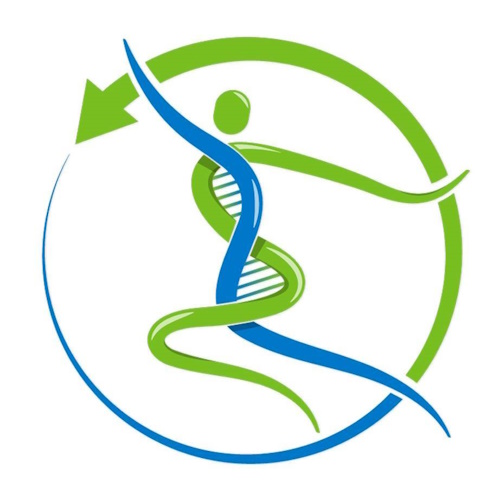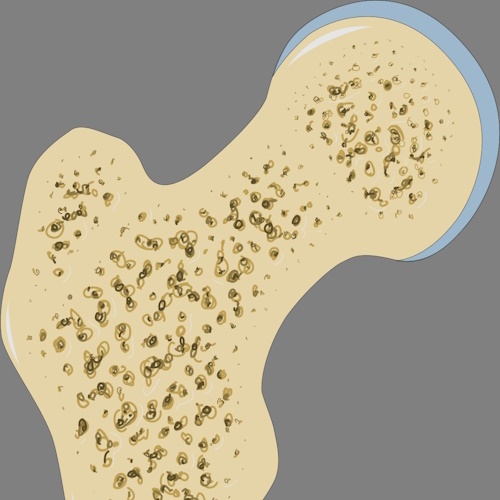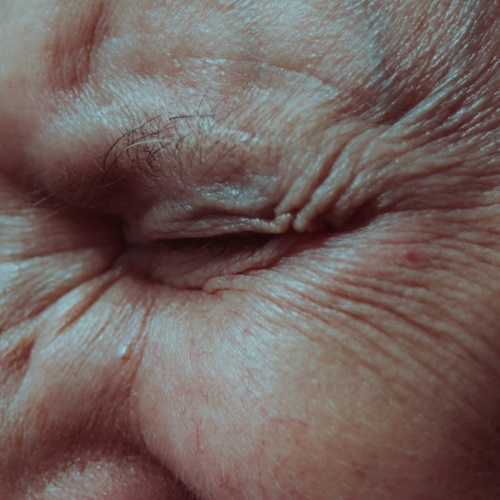Key points from article :
Advanced glycation end products (AGEs) found to accumulate in osteoblasts with age.
This induces apoptosis via endoplasmic reticulum stress, contributing to osteoporosis.
Hypothesis: Accumulation of AGEs in osteoblasts causes apoptosis via ER stress.
Murine and human osteoblasts, treated with glycolaldehyde (GA) -a precursor to AGEs.
Then assessed the accumulation of carboxymethyllysine (CML), a well-known age.
As a result of GA treatment, CML contents in the osteoblasts increased significantly.
Number of cells positive for caspase-3 was significantly increased by GA treatment..
Researchers found that caspase-3 activation immediately followed CML accumulation.
Aminoguanidine slow AGE formation while improving cell viability, reducing apoptosis.
Further tests conclude the apoptosis they observed was indeed caused by ER stress.
Researchers from Jikei University School of Medicine and Tokai University.
Also from Kumamoto University, published in Journal of Bone and Mineral Research.





